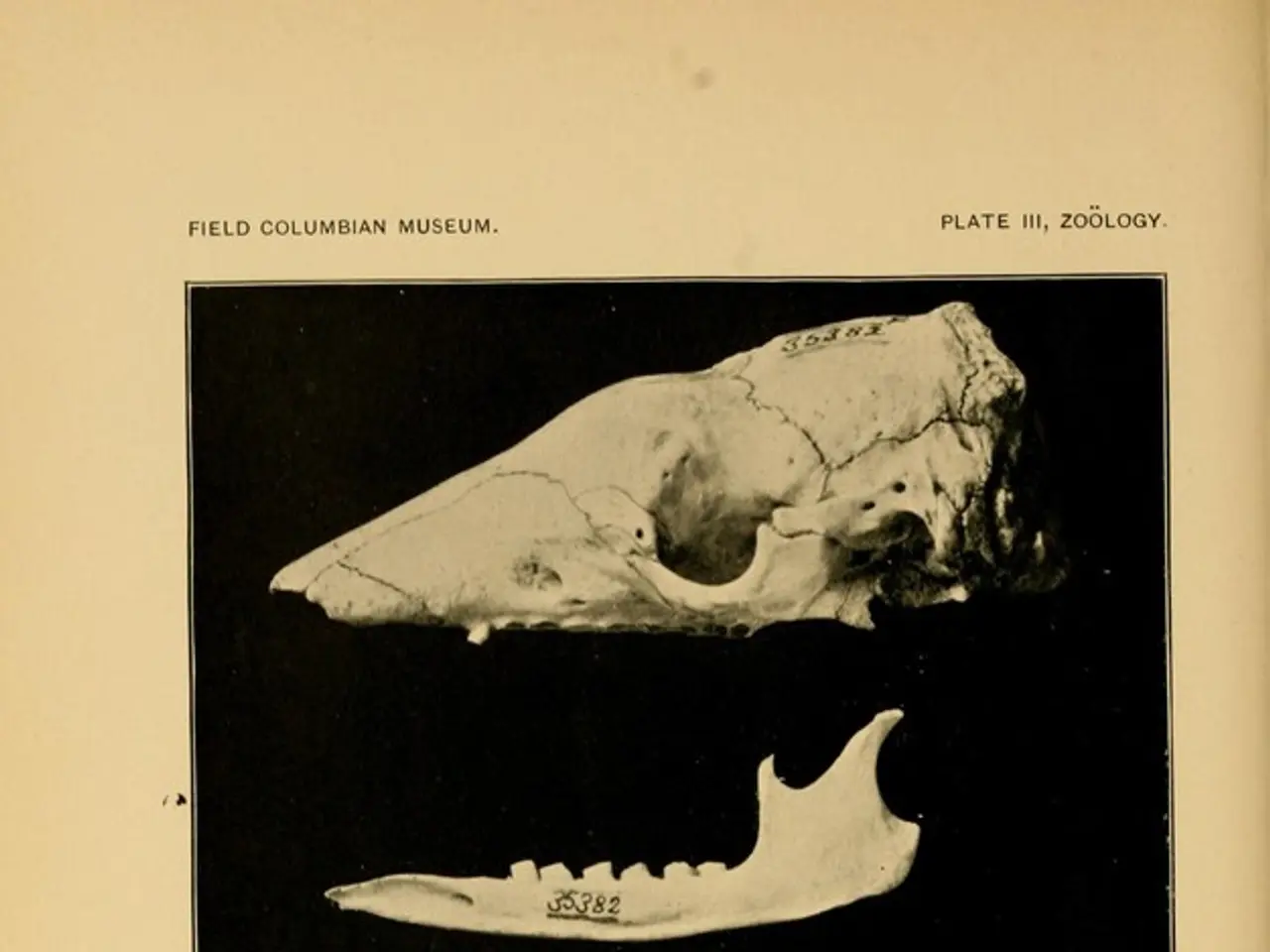Alteration of the Osteoarthritis Gait Cycle: Impacts, Consequences, and Methods for Prevention
Osteoarthritis (OA) is a common joint condition that can significantly affect the way a person walks. This article explores how OA disrupts the gait cycle, causing various changes in joint mechanics, muscle function, and coordination.
During the stance phase, when the foot is in contact with the ground, OA leads to decreased knee joint flexion and altered kinematics. This results in reduced knee flexion angle and peak moments during stance, increasing stiffness and instability in the joint. Compensatory gait adaptations may reduce normal shock absorption and increase joint stress. Furthermore, reduced joint power and altered muscle activation patterns can decrease the efficiency of weight acceptance and forward propulsion.
In contrast, during the swing phase, when the foot is off the ground, reduced knee flexion leads to limited foot clearance and compensatory movements elsewhere, such as hip hiking or circumduction. Coordination changes occur in the transition from swing to stance, with altered muscle timing and control strategies in people with knee OA compared to healthy individuals.
Osteoarthritis also affects the surrounding muscles and joints. Weakening and altered activation of muscles, such as the quadriceps and hamstrings for the knee, can cause abnormal loading patterns in adjacent joints like the hip and ankle. Pain and fear of pain further modify gait patterns and muscle activation, sometimes exacerbating joint dysfunction and gait abnormalities.
Assistive devices, such as a cane or walker, may help to correct any gait changes and reduce pain, as well as help people to keep their mobility and independence. Shoes with a particular design may help support the feet and prevent gait changes due to OA. Physical therapy can help increase strength and improve flexibility, and may be necessary for people with abnormal gait due to OA.
Exercises that focus on improving balance and core strength, such as tai chi, yoga, or Pilates, may help prevent or slow down the progression of gait changes from OA. If other treatments are ineffective and gait changes affect everyday life, surgery may be an option to realign a joint or replace it to help manage arthritis and gait changes.
If OA affects multiple joints, it can be difficult for the body to compensate, and it may be difficult for the body to maintain a standard gait. Exercises that strengthen the muscles involved in the gait cycle, such as around the hips and knees, are important in preventing gait changes from OA. During the stance phase, bodyweight transfers from the lifting leg to the other leg, and it usually makes up 60% of the average gait cycle. A complete gait cycle occurs when the heel of one foot makes contact with the ground twice in succession.
During the swing phase, the foot lifts off the ground and the leg is rotating around, and it usually makes up 40% of the average gait cycle. Knee OA can also affect coordination in the lower limbs and cause unstable movement during walking. A 2019 study found that knee OA can negatively impact the hip and ankle joints, reducing the range of motion.
If OA affects the feet, seeing a foot specialist can help prevent further joint damage and support the feet. OA can affect the joints in the feet, which may cause people to alter their gait to minimize pain when walking. In those with hip OA, the gluteal minimus muscle has a higher burst of activity during the stance phase of the gait cycle compared to control participants without OA.
The Osteoarthritis Action Alliance provides information and contact details for many arthritis-appropriate, evidence-based intervention programs. Anti-inflammatory medications may help to relieve pain and joint swelling, which may improve gait. It is essential to consult a healthcare professional for personalised advice and treatment options.
- Osteoarthritis (OA) can impact the gait cycle, causing changes in joint mechanics, muscle function, and coordination during both the stance and swing phases.
- Decreased knee joint flexion and altered kinematics during the stance phase lead to reduced knee flexion angle and peak moments, increasing joint stiffness and instability.
- Compensatory gait adaptations may result in reduced shock absorption and increased joint stress during the stance phase.
- Reduced joint power and altered muscle activation patterns can decrease the efficiency of weight acceptance and forward propulsion during the stance phase.
- During the swing phase, reduced knee flexion leads to limited foot clearance and compensatory movements, such as hip hiking or circumduction.
- In some cases, OA can affect surrounding muscles and joints, causing abnormal loading patterns in joints like the hip and ankle.
- Assistive devices, exercise, and physical therapy can help correct gait changes, reduce pain, support the feet, and improve strength and flexibility.
- Certain exercises, such as tai chi, yoga, or Pilates, may help prevent or slow down the progression of gait changes from OA.
- If other treatments are ineffective and gait changes affect everyday life, surgery may be an option to realign or replace a joint.
- If OA affects multiple joints, it can be difficult for the body to compensate, and it may be hard to maintain a standard gait.
- Exercises that strengthen muscles involved in the gait cycle, such as around the hips and knees, are crucial in preventing gait changes from OA.
- If OA affects joints in the feet, seeing a foot specialist can help prevent further joint damage and support the feet.
- The Osteoarthritis Action Alliance offers information and contact details for various arthritis-appropriate intervention programs, while anti-inflammatory medications can help manage pain related to OA. It is essential to consult a healthcare professional for personalized advice and treatment options.




